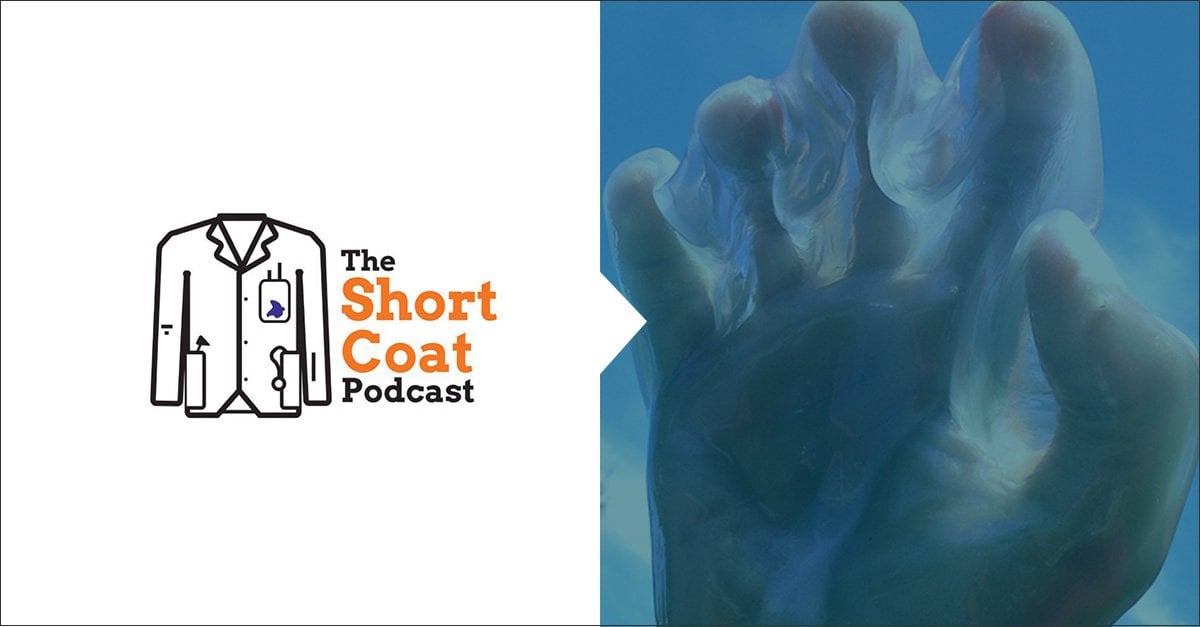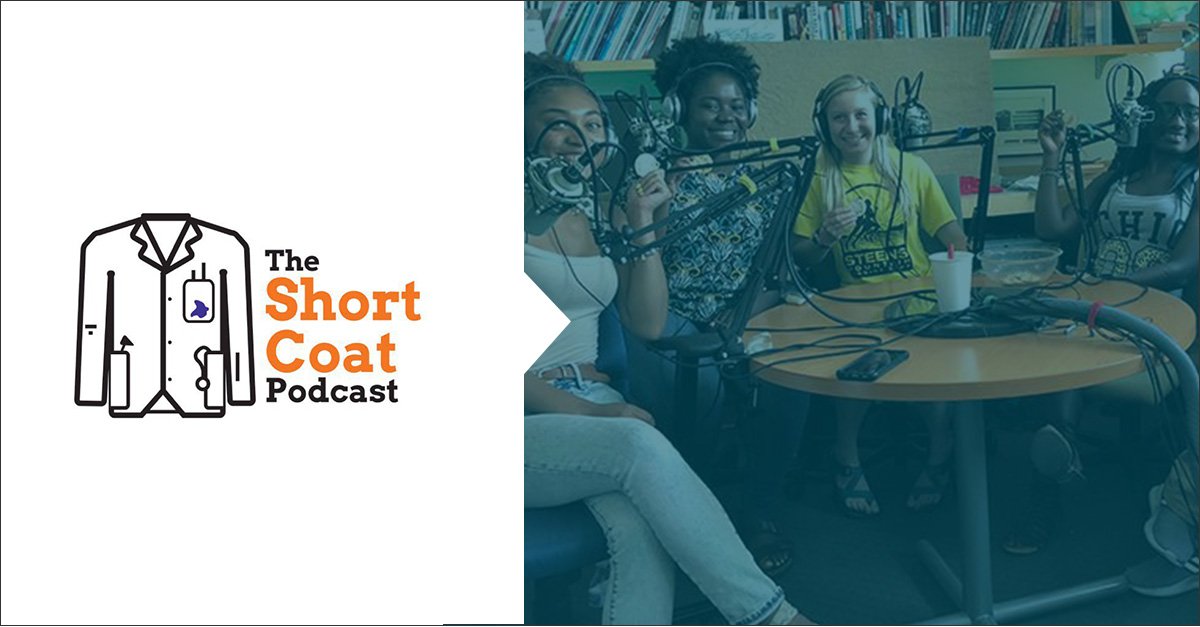The year is 1921. A medical student toils away at a dimly lit lab bench deep in the bowels of the University of Toronto. His intense concentration does not waver even as a bead of sweat begins to slip from his brow, splattering onto the chemical-stained surface below. Charles Best lets out a sigh of relief, unclenching the shoulders he had tightened while manipulating miniscule fragments of pancreatic tissue under the microscope.
Hit By A Bus
Our newest co-host has already had a taste of fame. Abby Fyfe joins the crew … Read more



















